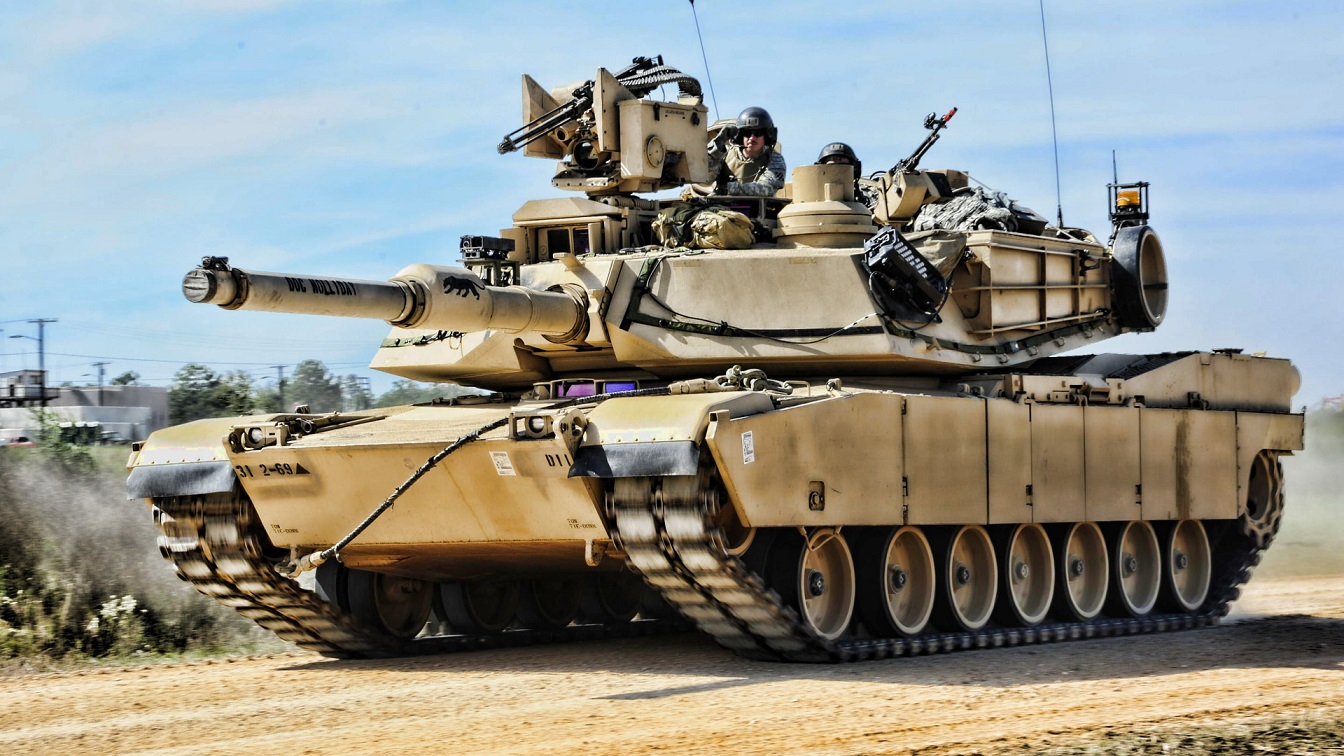Prior to, and of course, during the Second Indo-China War – more commonly known as the Vietnam War – the Republic of Vietnam (South Vietnam) relied heavily on American military hardware. Much of that equipment remained even after the pull-out of U.S. forces and the eventual defeat by the North Vietnamese. During the latter stages of the Cold War, the unified communist nation remained a close ally of the Soviet Union, and it has still relied on Moscow in recent years for military aid.
That could be changing quickly.
It was during the Clinton administration that the United States normalized relations with Vietnam, and while still technically a communist country, it remains largely at odds with China. As a result, Hanoi and Washington could become closer partners.
According to an exclusive report from Reuters this week, several U.S. defense firms have even discussed supplying military gear, including helicopters and drones, to Vietnam in talks with top U.S. government officials, a sign that the Southeast Asian nation seeks to reduce its reliance on Russian arms.
Lockheed Martin, Boeing, Raytheon, Textron, and IM Systems Group had reportedly met with Vietnamese officials at the country’s recent arms show. A source who had been present at the weapons discussions said they involved Vietnam’s Ministry of Public Security and Ministry of National Defence.
The meetings were arranged by the US-ASEAN Business Council, the industry trade body that has sought to open new markets for U.S. companies. Prime Minister Pham Minh Chinh even hosted a reception with a delegation from the trade group.
First Steps
Though this dialog suggests that Hanoi would seek to move away from Moscow being its main source of military hardware, there are numerous hurdles that would need to be cleared before any of the U.S. firms could begin supplying the Vietnamese military with hardware or other equipment.
Washington could still block any arms sales over human rights abuses, and the impact it could have on Hanoi’s already tense relations with Beijing. It is unlikely that China would willingly accept U.S. military weapon systems being operated by what it still sees as a regional adversary. Costs would also be an issue, while issues would remain whether U.S.-made systems could be integrated with Vietnam’s legacy weapons.
The latter point should be the least of the concerns – as numerous NATO partners had been former members of the Warsaw Pact and slowly replaced Soviet-designed systems with U.S. and other Western platforms. In fact, Russia’s invasion of Ukraine certainly accelerated the transition as those legacy weapons – including T-72 tanks – have been sent to aid Kyiv while newer Western-made platforms have been introduced.
The U.S. had actually lifted its arms embargo to Hanoi in 2016, but it has been limited to coast guard ships and trainer aircraft. Though Russia has continued to supply Vietnam with about 80 percent of its military hardware, that is almost certain to change.
Russia will likely have a hard time supplying foreign buyers, even as Moscow could be increasingly cash-strapped. Likewise, Hanoi may not want to run afoul of the U.S. for not abiding by the Western-imposed sanctions.
Then there is the fact that Russian-made hardware hasn’t exactly performed all that well in Ukraine. Those factors all make it easy to see why Vietnam is now looking elsewhere.
A Senior Editor for 1945, Peter Suciu is a Michigan-based writer. He has contributed to more than four dozen magazines, newspapers, and websites with over 3,000 published pieces over a twenty-year career in journalism. He regularly writes about military hardware, firearms history, cybersecurity, and international affairs. Peter is also a Contributing Writer for Forbes and Clearance Jobs. You can follow him on Twitter: @PeterSuciu.

